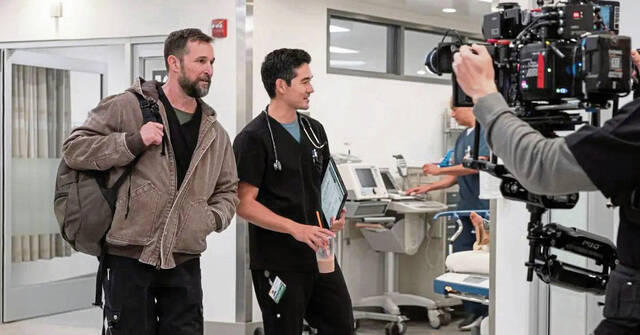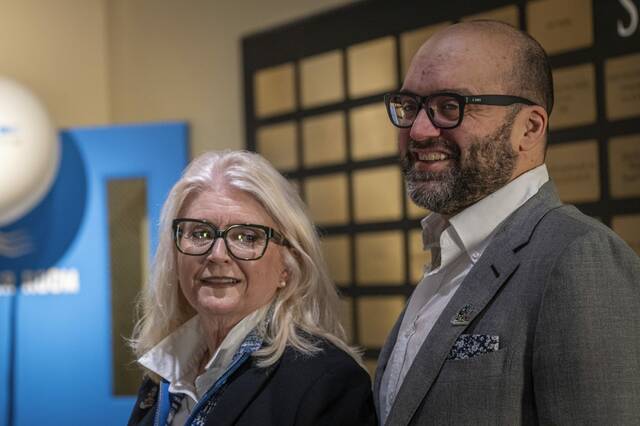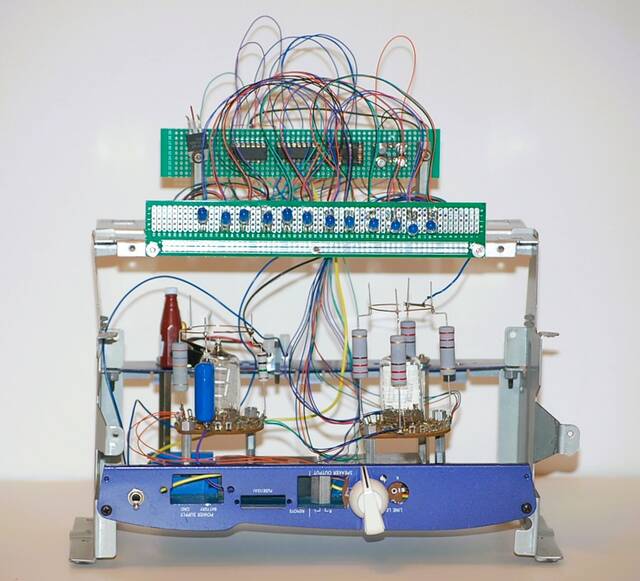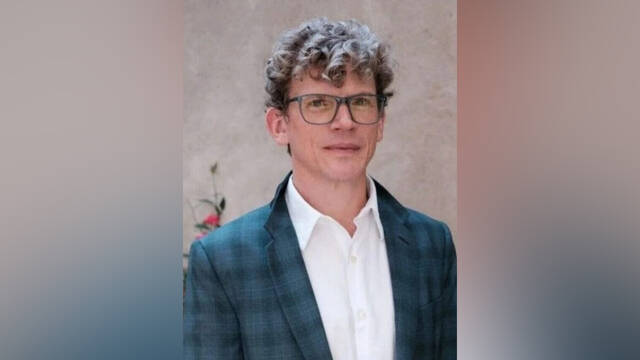A new fossil species of an early mammal relative has been named for the man who helped discover its location, David S Berman, paleontologist and former curator of vertebrate paleontology at Pittsburgh’s Carnegie Museum of Natural History.
The fossil, Shashajaia bermani, is from a bone bed co-discovered by Berman in 1989, in what is now Bears Ears National Monument in Utah.
The name Shashajaia bermani means “Berman’s bear heart.” The genus name Shashajaiais derived from the Navajo shash(“bear”) and ajai(“heart”).
The fossil itself is a partial jawbone with teeth, and represents a new species of synapsid, the group of vertebrates that eventually branched off to include mammals. Some of those long-lost relatives look a lot like dinosaurs, including the most well-known, Dimetrodon, according to Amy Henrici, the Carnegie Museum of Natural History’s collection manager who recently co-authored a paper on the fossil in the Royal Society Open Science journal.
“Back about 320 million years ago, there was a branch of evolution that led to true reptiles — dinosaurs, lizards, snakes, et cetera,” Henrici said. “And the other branch was Synapsida, which led to all Dimetrodon and also to all mammals. Shashajaia is related to Dimetrodon and the group we call Sphenacodontoidea.”
Berman said he had no idea he would be getting his own synapsid.
“As a pending honor it was a well-kept secret that took me by complete surprise,” Berman said. “From my own perspective, such recognitions are only seldom acknowledged by closest colleagues and collaborators in a leading academic journal for all to see.”
The Shashajaia bermani jaw fossils show that the most recent common ancestor of Dimetrodon and later on, another sub-group calls therapsids, evolved large, canine-like teeth by the Late Carboniferous period — around 300 million years ago. The tooth and jaw structures indicate Shashajaia bermani ambushed smaller prey that it could catch and swallow with minimal struggle.
The research team that discovered and described Shashajaia bermani “wanted to acknowledge Dave’s seminal work both on animals from this group, as well as on animals from around the world of similar age,” said Stuart Sumida, a biology professor at California State University, San Bernardino.
Berman’s work with his doctoral adviser Peter Vaughn in this area dates back to 1963 and helped to demonstrate the paleontological value of creating Bears Ears National Monument. Now curator emeritus, he served as the Carnegie’s vertebrate paleontology curator for 44 years.







